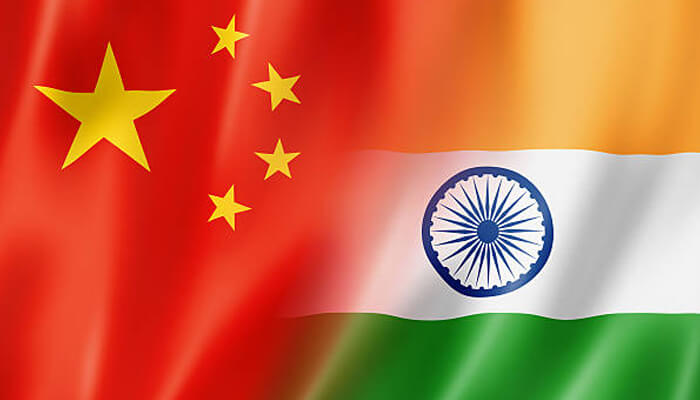India has an elephant-like economy. Analysts frequently remark that although the most populous country in the world is difficult to move, once it does, it becomes a formidable force.
India’s economy has transformed from a lumbering walk to a steady trot, while the rest of the world has lurched from crisis to crisis in recent years.
It made a splash at the World Economic Forum in Switzerland to start the year. One investor called Davos’ main street “Little India” due to the overwhelming presence of Indian emissaries there.
A few months later, the stock market in India surged to unprecedented heights as Prime Minister Narendra Modi presided over the first-ever Group of 20 (G20) leaders’ summit in New Delhi.
There is a rising sense of economic confidence beyond Earth. August saw the country become a member of the exclusive group of nations that have successfully landed a spacecraft on the moon, demonstrating its aspirations in science and technology.
India’s euphoria coincides with a significant economic slowdown in China, which for decades has been the engine of global growth. A possible successor is quickly becoming apparent in its southern neighbor. The nation has many advantages, including a booming youth population and busy factories.
According to Cornell University professor of trade policy Eswar Prasad, the Indian economy is unquestionably headed for greatness, with several reforms implemented in recent years finally laying the groundwork for steady growth. He also noted that foreign investors are showing a great deal of interest in the nation for, at least, legitimate reasons.
This occasion is unique.
There have been other periods in the last few decades when India was the subject of widespread optimism, but China surged ahead while the enthusiasm faded.
The two Asian economies are vastly different from one another. With an estimated current value of $3.5 trillion, India’s economy ranks fifth in the world. The second-biggest economy in the world, China, is larger by nearly $15 trillion.
According to the International Monetary Fund, the two together should account for roughly half of global growth this year, with China accounting for 35% of that total.
According to a report released in October by Barclays analysts, the country needs to attain a consistent growth rate of 8% in order to surpass China as the largest contributor to global growth over the next five years. According to IMF projections, India’s GDP will grow by 6.3% this year.
Conversely, China has established an official growth target of approximately 5% despite facing a number of growing obstacles, such as a decline in consumer spending and a worsening real estate crisis.
Does it suffice?
India is making a concerted effort to profit from the widespread supply chain rethink that businesses are currently experiencing. Foreign companies are looking to expand their operations outside of China, where they encountered challenges during the pandemic and are now under threat from growing tensions between Beijing and Washington.
The country makes up less than 5% of global investments, compared to China’s approximately 30%. It would take an additional 18 years for India’s investment spending to catch up to China’s, even under the unlikely scenario that China experiences no growth and India’s investment spending grows three times faster than it has recently on average.
Furthermore, the report estimates that it will take another 15 years for India’s consumption to reach China’s level in terms of overall spending.



